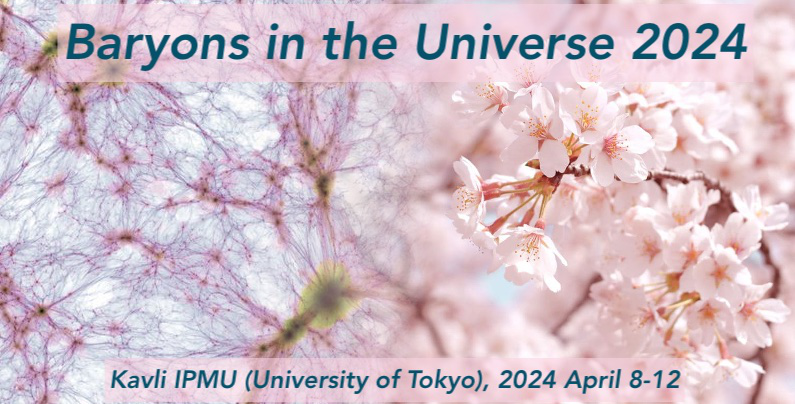Speaker
Description
Baryon fluctuations carry valuable cosmological and astrophysical information. On large scales, cross-correlations between matter and baryon (or electron) fluctuations probe initial conditions, interactions and dynamics during early Universe, such as primordial isocurvature, a smoking-gun signature of inflationary models. On scales corresponding to inter- and circum-galactic media, precise measurements of free electron abundance might give hints on the strength of baryonic feedback which push the gas away from the halo centers; improving our current understanding of galaxy formation, further elucidating the `missing baryon' problem, for example, or on the influence of baryons on matter perturbations beyond halo scales, with implications for the so-called sigma8 tension. The small-scale baryon isocurvature can also be a probe of initial conditions. Furthermore, optical depth is a tracer of the reionization history. In particular, at redshifts 2<z<4 accessible to upcoming galaxy surveys, the mean ionization fraction probes the ionization of the second electron in helium. In this talk I will introduce multiple new methods to probe baryon fluctuations from upcoming galaxy and intensity mapping surveys alone (Hotinli and Holder; to appear) as well as new methods that utilize the LSS and CMB cross-correlations (e.g. Hotinli, Hotinli et al, Caliskan et al. 2023 and Kumar-Anil et al, upcoming). I will also showcase new work on probing helium reionization with CMB and LSS (Caliskan et al. 2023, Anil-Kumar et. al and Madden et. al., upcoming).

